Foot comfort is essential
We’re off! … into another ski season. It’s always exciting to don that new equipment. Sadly, discomfort is often part of the experience as the season begins.
If you spend the summer in sandals, as I do – which is excellent for good foot health – and you then jump into new ski boots, it’s highly possible that the boots will hurt for a while. It’s usually only a matter of days before the boots mould themselves to your feet and your feet adapt to their new environment. However, if the discomfort persists and pressure points appear, it is strongly recommended that you see a specialist at your favourite ski shop. A boot-fitting specialist can personalize your boots and increase your comfort.
You’re probably one of the many people who has wondered about those little gadgets in a plastic bag at the bottom of your ski boot box. Generally, you end up getting rid of them in the recycled stuff at the same time as you do the box and paper. The gadgets, however, are not there by chance; they permit the adaptation, if needed, of your boots to your particular feet and ankles. I suggest that you consult the specialist at your shop and have the lateral angles of the upper shell adjusted.
With racers, there’s a myth about “race fit”. For a long time it was believed that having your toes squashed up in the boot ensured better transmission of movement to the ski. Having the most rigid boot possible was a guarantee of power. It gave racers extra confidence when their boots were like concrete.
While the design of boots hasn’t changed much in ages, the progress in how they are made has completely revolutionized the racers’ comfort. Now there’s a lot more room for the toes, without sacrificing the boots’ reactivity. It’s much easier to react quickly if the blood can circulate normally in the feet.
The boots’ rigidity should allow the skier to flex the boots without, however, crushing them. The flexibility (the flex index) must permit optimal transmission of the skier’s energy to the ski. A rigid boot with a highly flexible ski creates instability in the turn, and the reverse slows the reaction of the ski.
Before you head down the slopes, take your time choosing your ski
More from this author by clicking on his picture below.


Jocelyn Huot30 Posts
Entraineur Chef du Club de ski Mont-Tremblant Entraineur Niveau 4 certifié FESC / PNCE Niveau 3 de l'Alliance des moniteurs de ski du Canada Formateur pour Alpine Canada depuis 2007 Head coach of the Mont-Tremblant Ski Club Leve 4 FESC/PNCE – certified coach, Level 3 CSIA/AMSC – certified instructor

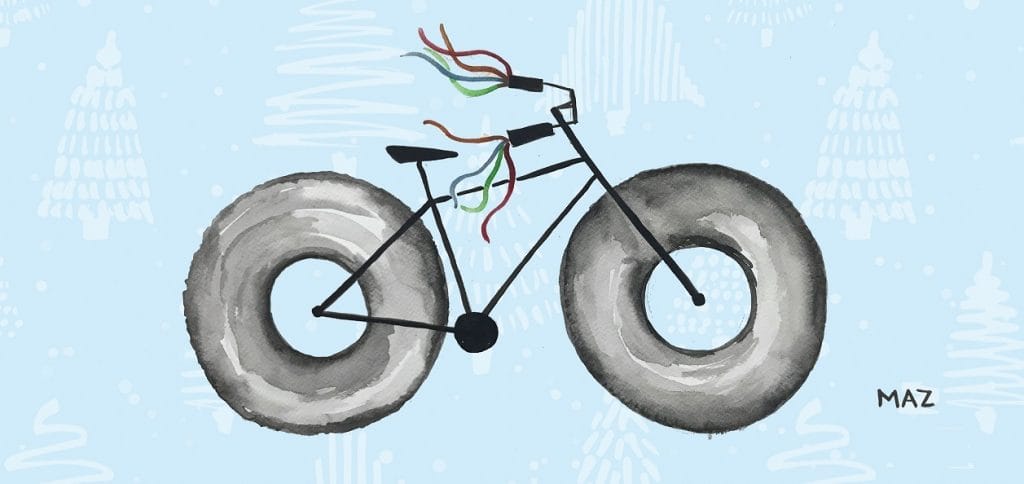
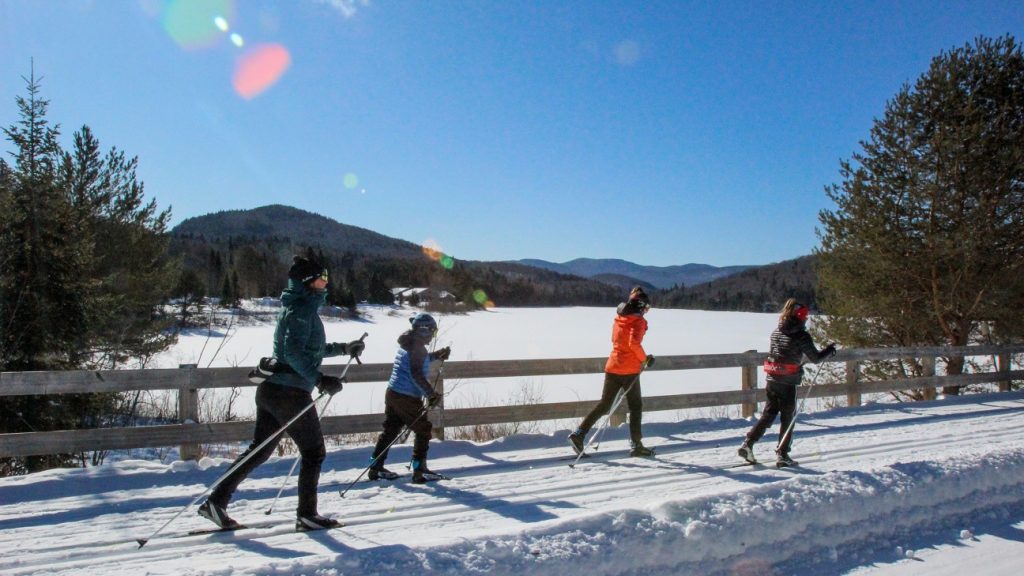
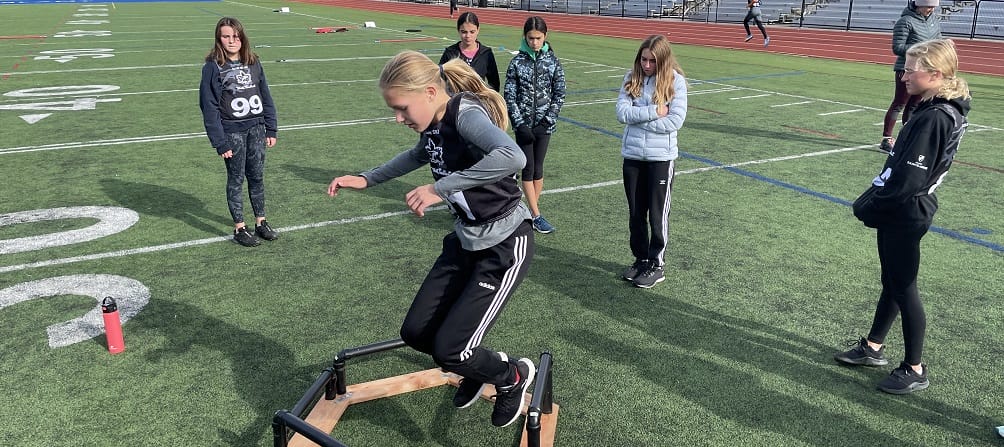

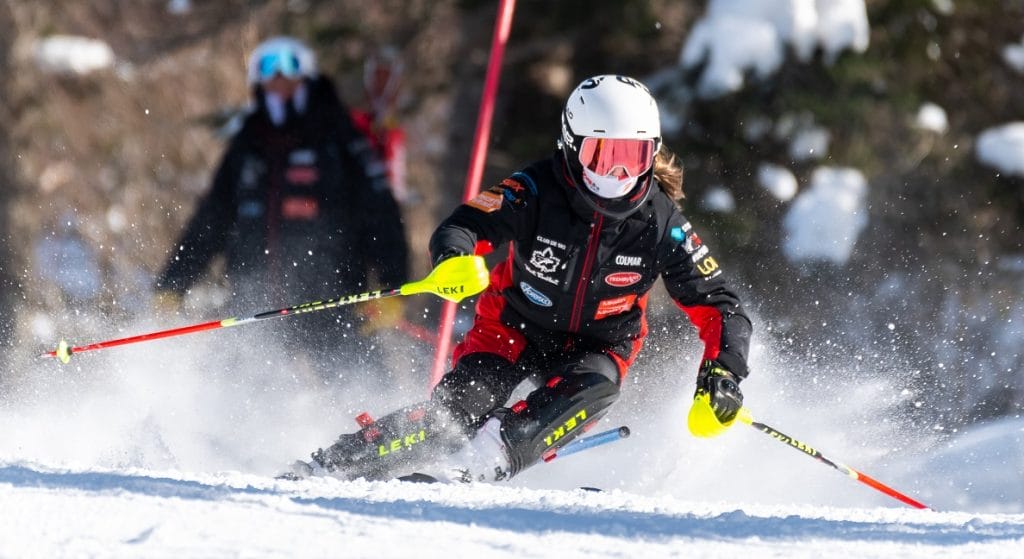


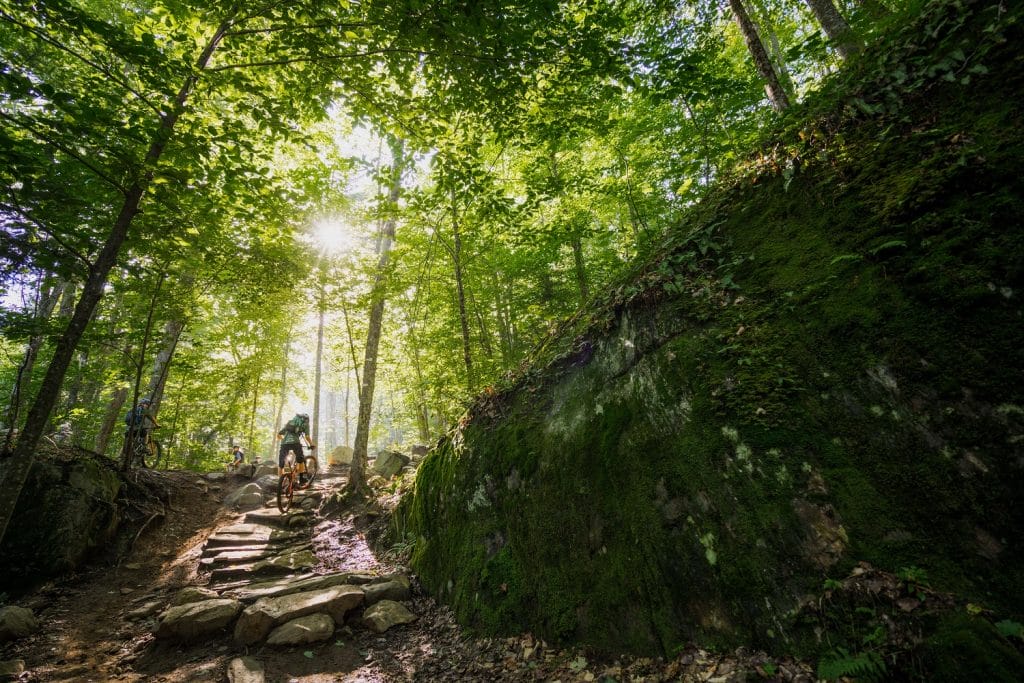
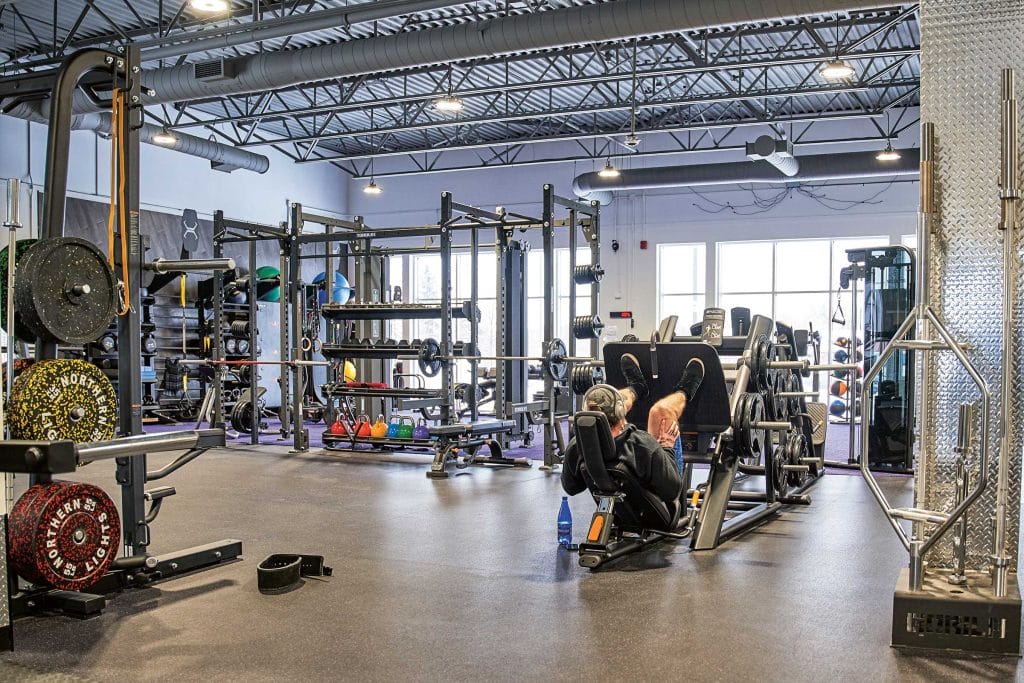

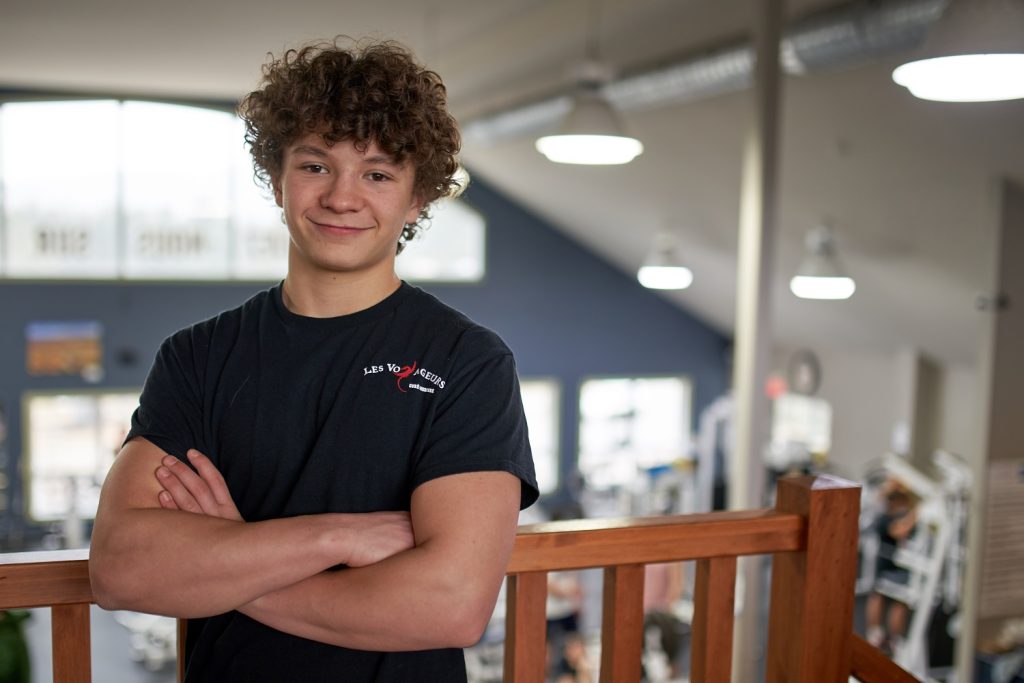
0 Comments